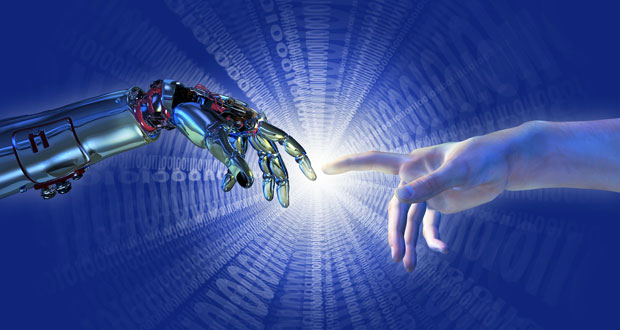The customer service robot market will be worth US$88 million by 2022, according to a report Tractica released earlier this week. Annual shipments are expected to increase from 2,730 units in 2016 to nearly 4,800 in 2022.
The robots will be both humanoid and non-humanoid. However, telepresence robots, chatbots, and stationary customer interactive systems that don’t have moving parts are not included in the count.
Nearly half of all customer service robots will be deployed in the Asia Pacific Region; other significant markets will be North America and Europe.
Demand for customer service robots is driven by the following factors, according to the report:
- interactive marketing and re-branding strategies;
- the cost of human staff;
- customer service digitization and competition;
- robotics as a tool for customer behavioral analytics;
- the shifting roles of human staff; and
- initiatives to promote robots for the service industry, particularly in Japan and China.
Jobs for Robots
Robots will be useful in situations where customer interactions are standardized and repetitive — such as in banks, shopping malls, family entertainment centers, exhibitions and events, airports and stores, Tractica noted.
Robots “can pick up where self-service in kiosks leaves off by humanizing some of the capabilities and using other sensory areas such as vision, hearing and speech to improve engagement,” said Ray Wang, principal analyst at Constellation Research.
“The demand’s coming from the automation of lower-skilled white collar jobs,” he told CRM Buyer.
Japan’s Henn-na Hotel, for example, is fully staffed by robots, Wang pointed out.
A number of organizations already are using robots on a trial basis in the United States:
- Mineta San Jose International Airport began using three customer service robots in 2016;
- Lowe’s introduced an autonomous retail service robot in 11 of its stores throughout San Francisco in 2016, and retail service robots also are being deployed in its OSH stores;
- Target ran a one-week test at one of its San Francisco stores, using robots to help stock shelves and take inventory; it is considering building a concept store staffed by customer service robots.
China’s EVA Air and Japan Airlines are using customer service robots, as are Alaska’s St. Mary’s Airport, Scotland’s Glasgow Airport and Japan’s Haneda Airport.
With instant access to a corporate database, robots will reduce dramatically the amount of time wasted when dealing with customer queries.
Robots “are wrong less often,” observed Rob Enderle, principal analyst at the Enderle Group.
Also, “they never have a bad day, they can more easily multitask, and they’re a novelty people might go to a store to see,” he told CRM Buyer.
“People spend or waste a huge amount of time looking up information that should be instantly at their finger tips,” said Alan Lepofsky, principal analyst at Constellation Research.
“Content is not king — context is,” he told CRM Buyer.
The Downside of Robot Deployments
In addition to market challenges, the customer service robot industry faces technological issues related to human-robot interaction, navigation autonomy, machine vision and speech recognition, AI and machine learning, the limitations of cloud robotics, and safety and standards, Tractica noted.
Robots can deal with simple questions, said Cindy Zhou, principal analyst at Constellation Research.
However, “customers still look for humans for any real assistance with problems,” she told CRM Buyer.
Consumers mainly regarded the robots they encountered at banks, restaurants and stores in Tokyo as a novelty to play and interact with while waiting for human service, CNBC recently reported.
“People aren’t used to trusting robots yet,” Enderle said. “The robots at San Jose Airport, for instance, seem to stand alone most of the time.”
That could change over time — or robots could fade from the scene.
The disruption caused by Amazon could squash the demand for robots in customer service, Enderle suggested.
“For instance, in 2022, Lowe’s may have to shift to more of an Amazon delivery model than a store model,” he said, “making the need for these robots near nonexistent.”
























































